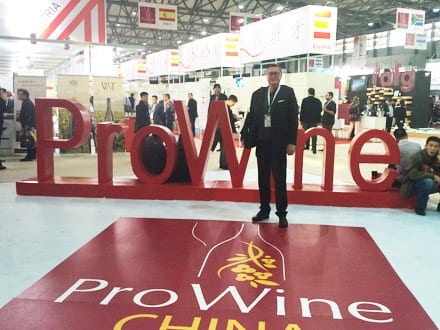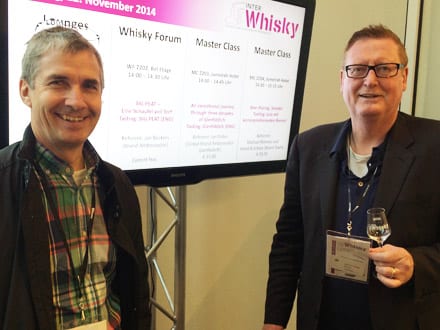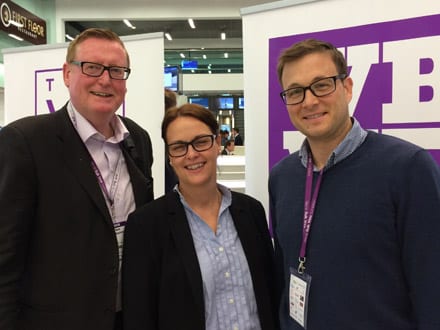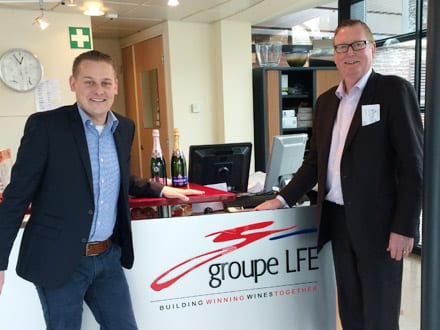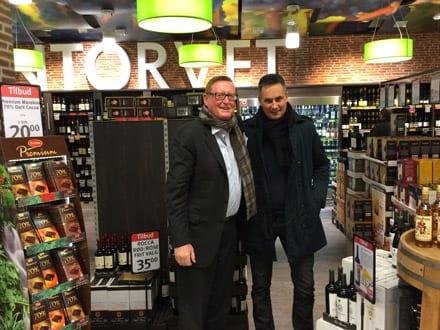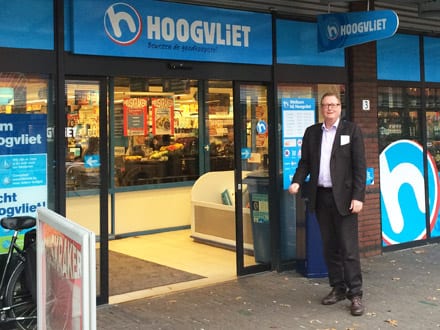In: Insights
25/08/2019
Printex19 – Step into the Future

Printex19 is the leading show for print, sign, display, label and packaging professionals and this year I was privileged to be a guest speaker to present my inside knowledge on wine label trends and the importance of end-to-end design.
I shared my insights on design trends, and dived into the specifics on how wine label design is only one piece of the puzzle. Good quality paper, print techniques and the correct application of embellishments can enhance the consumer experience by creating an emotional connection that is driven by tactile design. Heightening these elements can elevate a wine’s characteristics or aid in reinforcing the brand’s story. These features work twofold to increase the saleability of the product in the first instance, as well as to keep consumers engaged and coming back for more.
I was pleased to have such an outstanding turn-out to my presentation and it was an excellent opportunity to impart my knowledge on how to leave behind the world of mass produced, inferior wine and position your brand as a quality, high end product worthy of selection.
The show featured over 120 exhibitors as well as keynotes, masterclasses, panel sessions and workshops, and through this packed schedule I was able to absorb invaluable information from other leading industry experts to further drive our own innovation as well.
With a wealth of experience both nationally and internationally, if you’d like me to be part of your next event, please drop me a line.
Cheers
John
22/06/2018
Blurring the Lines
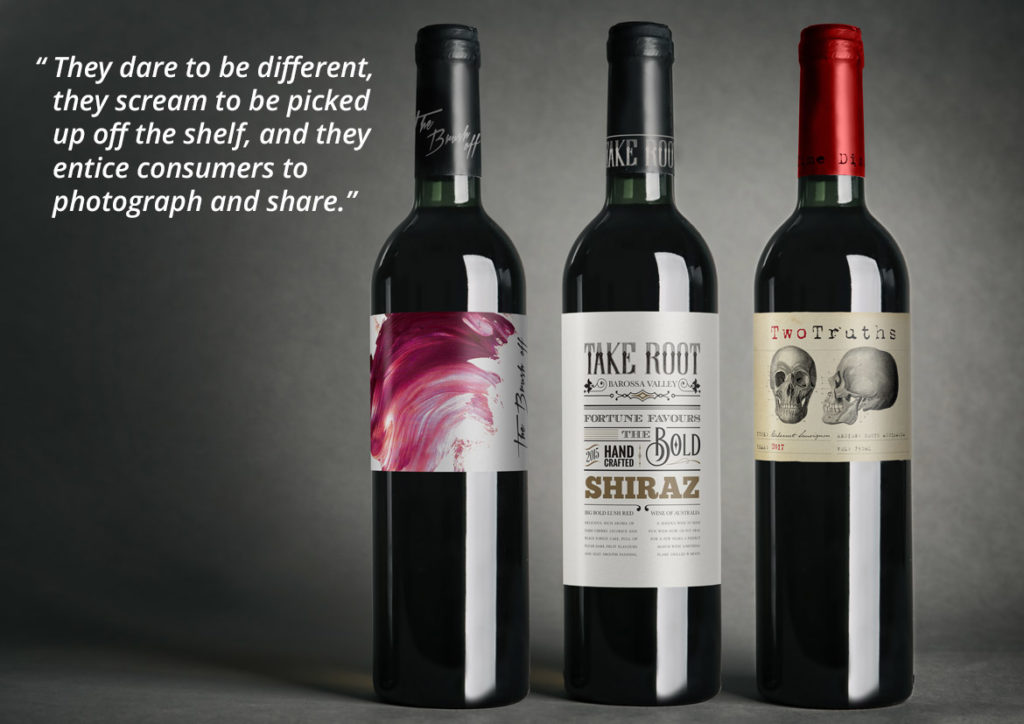
The wine industry has started to move away from the tradition of distinguished, stately wine labels and is trending towards the more youthful, out-there labels commonly employed by craft beers.
As consumers become more familiar with seeing these labels on their local bottle shop shelves, as well as on their hip inner-city café tables, they are coming to expect their wine labels to follow suit.
There are two key trends that have emerged as a result of this shift. The first are labels that are dominated by typography, lending a vintage, yet quirky feel. This was a trend that ignited about 10 years ago but quickly disappeared. It is now making a strong and decisive come back.
The second key trend is wine labels that don’t look like wine labels. They carry no distinguishable wine information on the front label and are primarily image driven. They dare to be different, they scream to be picked up off the shelf, and they entice consumers to photograph and share.
These shifts are already happening, with key markets being the UK, USA and China. If you’re interested in hearing more about these current wine label trends, as well as benefiting from John Jewell Design’s in depth understanding of the industry, contact the team on 02 6040 4433.
15/08/2017
Reshaping the Wine Industry
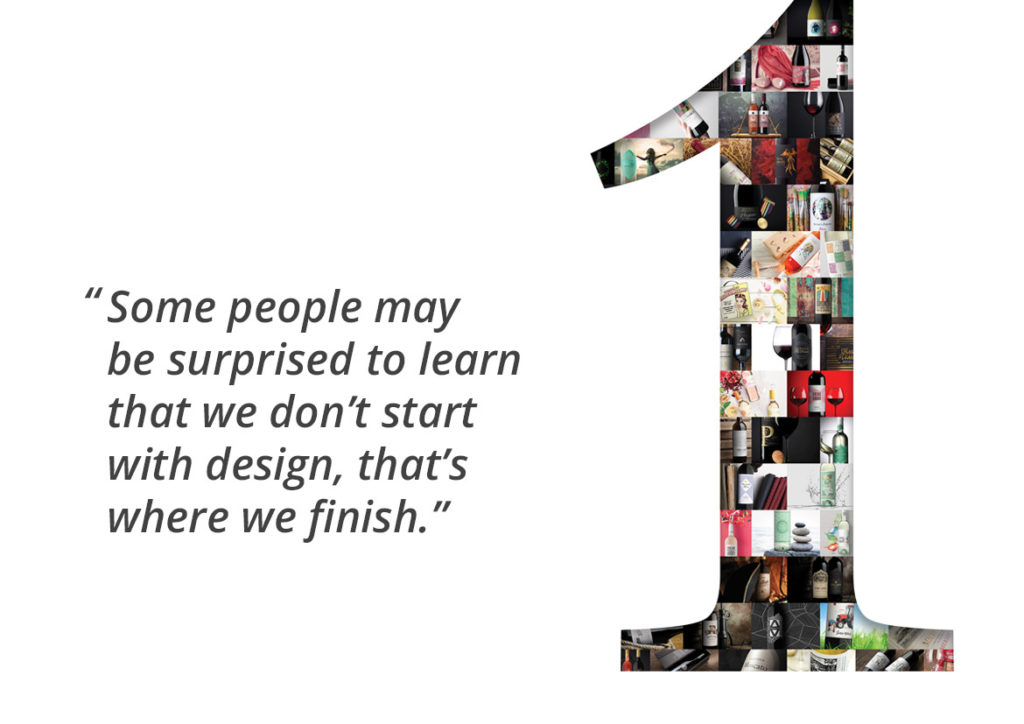
At John Jewell Design we invest in understanding trends. We don’t consider it a nicety, it’s a necessity. We research, we travel, we observe and we process all this knowledge to deliver designs for our clients that reflect emerging market needs.
Some people may be surprised to learn that we don’t start with design; that’s where we finish. We are fully immersed in the nuances and intricacies of the wine industry landscape, and it’s here that we find our starting point. This knowledge informs our design direction and how we advise our clients.
Whether it’s a private label design or a refresh of a current brand the rules are the same, always start with what’s driving the consumer at that point in time. We can fully understand our client’s needs because we are across the trends that will influence their customer’s buying habits and this allows us to give clients what they need: labels that drive results.
Trends in wine label design – as in any design-driven industry – tend to be cyclical, with labels that may have been popular a decade ago suddenly enjoying a revival among the masses. We’ve seen this recently with typographic labels and the art is in knowing how to rework these designs for a market that is split between those who nostalgically remember the first incarnation, and those who are experiencing this trend for the first time.
Clients can sometimes be hesitant to revisit past trends, but a willingness to take a calculated step back in time can often result in taking a big step forward.
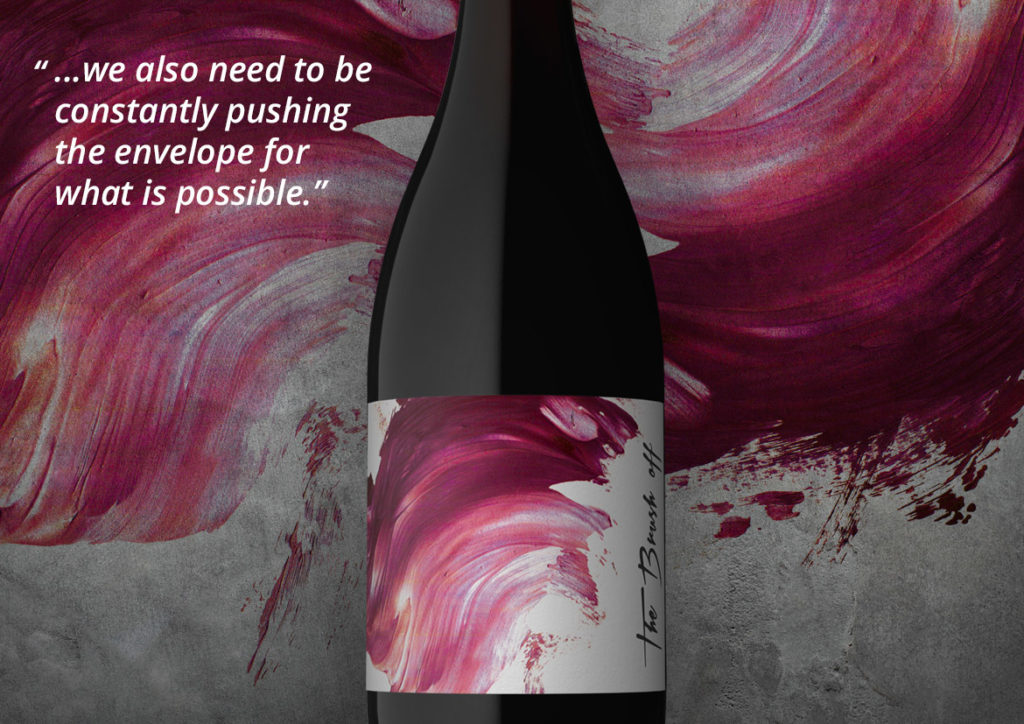
In addition to being immersed in these trends, we also appreciate how imperative it is to constantly develop as an industry. To evoke real, meaningful change that continues to attract and captivate customers, we also need to be constantly pushing the envelope for what is possible. We are continually experimenting with designs, techniques and processes to develop label design concepts that have never been done before. This provides our clients with options that can’t be found elsewhere.
Customers are constantly changing and evolving. As an industry, we need to keep evolving too. At John Jewell Design we’re making a contribution to this evolution. One label at a time.
19/03/2017
Emerging Wine Label Trends for 2017
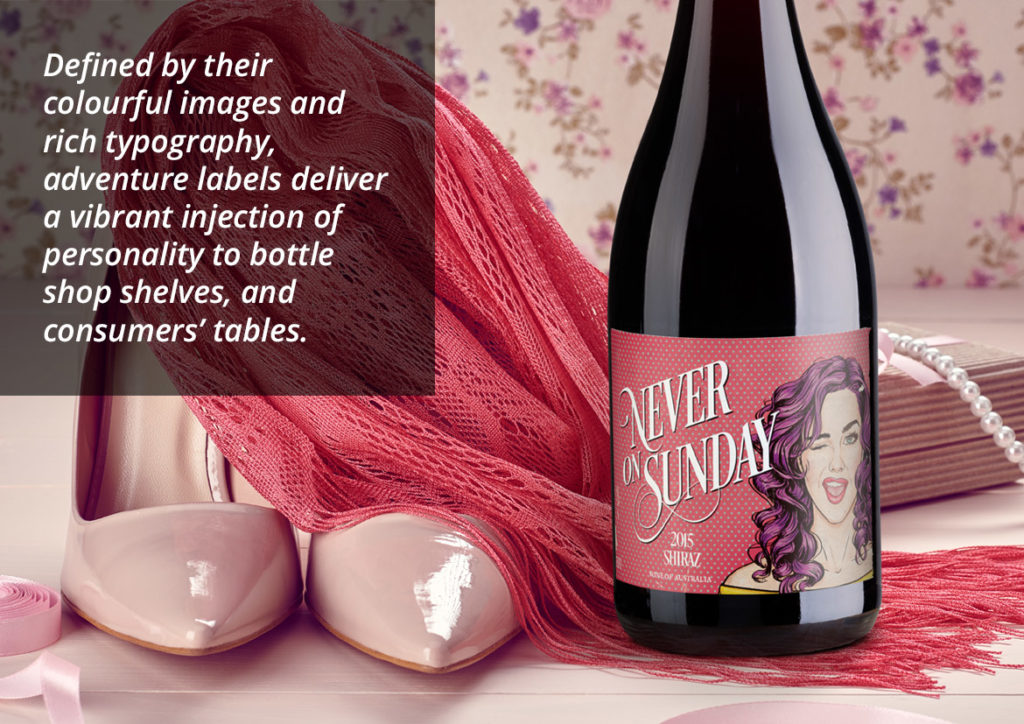
John’s travels always provide a wealth of knowledge regarding emerging trends and shifts in the market and his latest expeditions overseas were certainly no different. Want to know what role craft beers are playing and how drinks other than wines are leading the charge? Then read on….
The industry has started to move away from the tradition of distinguished, stately wine labels and is trending towards the more youthful, out-there labels commonly employed by craft beers. As consumers become more familiar with seeing these labels on their local bottle shop shelves, as well as on their hip inner-city café tables, they are coming to expect their wine labels to follow suit. They don’t want labels that just sit back and wait to be noticed, they want something that jumps out at them, grabs their attention and demands to be photographed for their social media feeds.
There are two key trends that have emerged as a result of this shift and interestingly the first is one that ignited about 10 years ago but disappeared almost as quickly as it appeared. We are talking about labels that are dominated by typography, lending a vintage, yet quirky feel. These often employ subtle uses of colour and occasional imagery but none of this distracts from the hero of the label, which is the typography. It’s bold, it’s confident and it’s making a comeback.
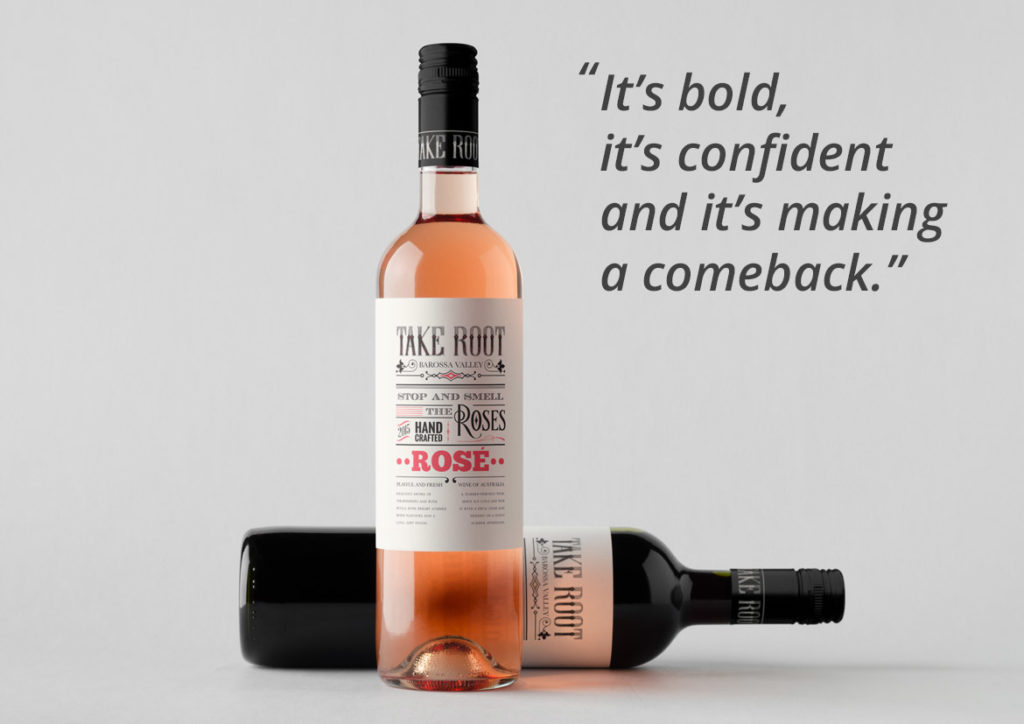
The second key trend is even more curious than the first in that they are wine labels that don’t look like wine labels. They carry no distinguishable wine information on the front label and could be at home on the front of any type of beverage. These labels are image driven, designed to immediately capture attention, evoke an emotion and start a conversation. They dare to be different, they scream to be picked up off the shelf, and they entice consumers to photograph and share. On the shelf, they rely on the bottle itself as the sole wine identifier, preferring to keep all wine-related information to the back of the bottle.
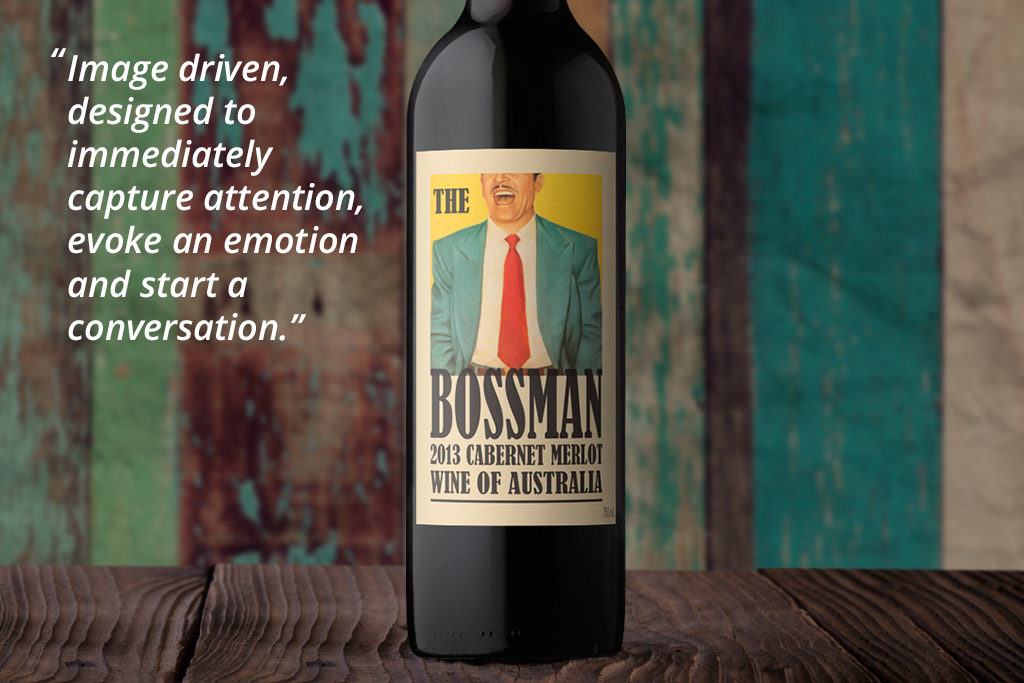
These shifts are already happening, with key markets being the UK, USA and China. If you’re interested in hearing more about these current wine label trends, as well as benefiting from John Jewell Design’s in depth understanding of the industry, contact the team.
11/07/2016
Trends in Labelling

While visiting Vinexpo Hong Kong, John sat down with the editor of VINEXPO Daily Magazine to share his thoughts on the latest trends in wine label design and branding.

Towards more funky, trendy design –the expert’s point of view
John Jewell Design was established in 1995 with the sole aim of creatinginnovative branding and labelling for the wine industry. We asked Johnto tell us a little more about his background…
When I started out I had two or threehundred clients in Australia and I woulddrive around and see people at theirvineyards. At that time there were 3,200winegrowers in Australia, and I realisedthat if we were only working on wine,the market was too small. So I went toLondon and had a meeting with MartinCampion, who was head of designfor Direct Wines, and after a shortmeeting we had his account. Today,our core markets are Australia, Chinaand Europe, especially in Norway andSweden.
What are the trends today?
Millennium buyers are the biggesttarget in the world today, and it’s a verydifficult one, because they rarely everbuy the same thing twice – so they’re amoving target. In the past six months, ascraft beer designs have been changingthe world’s thinking on designs andpackaging, the wine industry is tending to follow suit. A year or so ago in thewine industry it was all about stately,classic, distinguished products. Nowthey’re tending towards funky, trendy,out-there, look-different, and be loudoff the shelf. I see a major trend aroundthe world as following what craft beershave done.
What’s the secret to a successful design job?
You can design whatever you like,but it has to be economically viable.Printing techniques vary greatly aroundthe world. We’ve done a lot of sleevedesign work, but production aroundthe world is a bit of a problem withsleeves. Screen-printing on bottles looksfantastic, but logistically, you have aproblem. The world market is looking forsomething new in wine, and our HolyGrail is trying to find out what the nextbig trend will be!
Read the full issue here >
24/01/2016
Wine Infusions
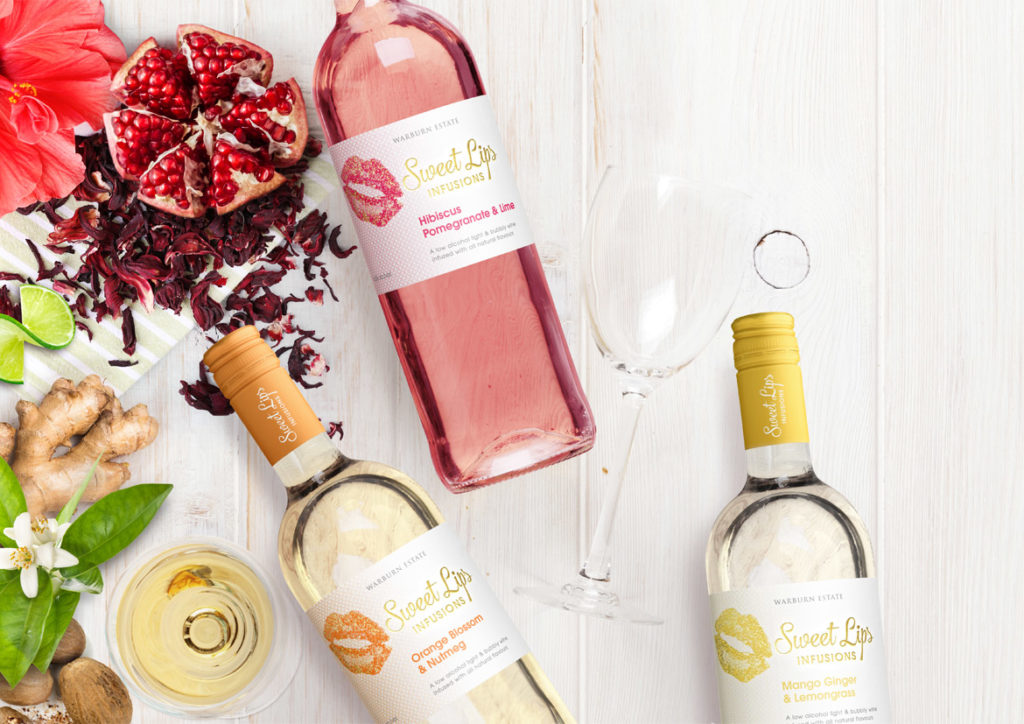
The whispers about wine infusions are now a buzz that cannot be ignored.
Led by European trends, predominately from Germany and the Netherlands, this category is growing rapidly. Winemakers and retailers alike are making strong moves towards wine infusions in an effort to secure the coveted 18-24 female demographic.
But what exactly is it that attracts consumers to wine infusions, and how can your label design capitalise on this trend?
There’s a whole host of reasons why wine infusions are generating so much interest amongst consumers. First and foremost, wine infusions are both lower in alcohol and lower in calories. For 18-24 year old females – who are generally very health conscious – this alone is hugely enticing.
Secondly, the addition of natural plant and fruit flavours means the wine infusions have a hint of sweetness that makes for a far more palatable drinking experience for those new to the world of wine. This, combined with the addition of a light spritz, makes for an overall easy drinking experience, particularly served over ice in the warmer months.
To a wine novice, the “rules” around wine can be confusing, and traditional wine blends are often perceived as harsh and too dry for an untrained palate. Fruit-driven infusions remove the mysticism around wine, providing a sweet, satisfying entry point for new consumers.
All this must be kept in mind when developing labels for wine infusion brands. It’s important to ensure the labels are both accessible and engaging to appeal to the new generation of wine consumer, steering clear of any old-world wine label cues. Labels should be bright and fun, reflecting the vibrant colours of the wine infusions themselves, whilst maintaining an overall finish that is both fresh and uncluttered.
The recently designed Sweet Lips reflects the above thinking. The label employs vibrant, striking colour that simultaneously draws the eye and acts as a subconscious cue to the flavours within. The vivid colours are given room to shine on a crisp white background with minimal distractions, while the use of gold foil adds a premium feel to the label.
If you’re interested in developing your own wine infusion brand, John Jewell Design has a range of off-the-shelf options available on their website for you to review and purchase. Check them out here.
08/06/2015
The Impact of a Wine Label
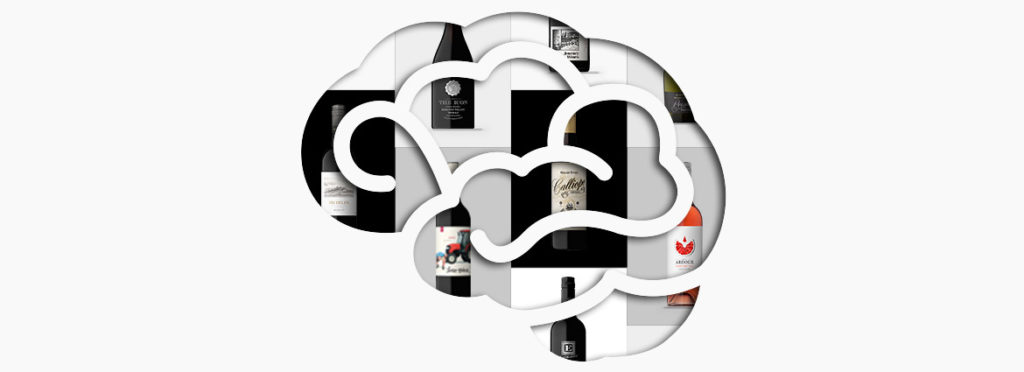
Why are labels so important to our wine-buying choices?
In a busy bottleshop, where shelves are crowded and the choice can be overwhelming, it’s not the winemaker’s resume or even the price that will sell your wine. Learnings from consumer psychology tell us that most wine sales are made purely on the strength of a label.
The reality is most consumers aren’t connoisseurs; they are customers looking to buy an experience.
What their searching eyes see on your wine label lays the foundations for that experience. Purposeful and carefully crafted visual cues subtly influence perceptions of price, quality and even taste.
To encourage a hand to reach deeper into their pocket, consumers expect to see labels that feature minimalist, uncluttered designs and an elegant, refined font. Adding texture – such as embossing – provides a tactile feature that activates increased perceptions of price and correlates with heightened anticipation and an increased drinking experience.
To sell a wine at a value-for-money price point, labels need to visually jump off the shelf through the careful construction of bright colours, bold, fun graphics and quirky or unique fonts.
At the end of the day, your label sets the tone for your customer’s experience and is often as important – if not more important – in driving the sale than the wine itself.
John Jewell spends several months every year traveling the world and acquiring insights into consumer psychology, preferences and trends to bring back home and translate into eye-catching, award-winning labels for his clients. If you have a label or brand that could benefit from John’s experience and knowledge, give him a call on: +61 (0)2 6040 4433 or send him an email.
John’s latest travels saw him take in 14 cities in just 17 days, a whirlwind trip that was as productive as it was fast-paced. From Shanghai to London, Denmark to Sweden, each new destination saw John meeting with existing clients to discuss upcoming projects, as well as engaging with new clients, and researching and visiting printing suppliers.
The trip began with a 4-day stop at ProWine China and despite the initial hiccup of a missing plane ticket and an expired Visa, John says.
I had 4 solid days of quality meetings with clients, both existing and new, and all eager to get design work underway. The perfect way to start such a busy trip.
From ProWine it was off to Europe where, in addition to fostering client relationships, John took the opportunity to get out into the retail environment,
It’s imperative that I use these trips to study the shelves, see what designs are currently in the market in each location, and also take note of the way products are being displayed in-store. I filter all this back to the team and when I return we have a number of round-table discussions to identify new global trends.
It’s this process that ensures JJD is constantly at the cutting-edge of design. In addition to the market research, John says
I also get a buzz from seeing labels we’ve created out on shelves and performing successfully on the global stage. This is reinforcement not just for myself and the team that we are on-point, but it’s also reassurance for our new and existing clients.
During his travels, John was also looking to identify new technologies in printing and label application and was impressed by the calibre of suppliers he was able to unearth. If you’d like to take advantage of the knowledge John has acquired from his most recent travel, contact John Jewell Design.
Fast Five with John Jewell
What was your favourite show of 2014?
Without question, Prowein Dusseldorf. 10 years and still going strong, it’s one of the most powerful wine shows in the world thanks to the amount of trading that takes place and the professional manner in which it’s run.
Most beneficial show to attend?
I would have to say it’s a tie between Prowein and London Wine Show. We did some great business at both shows this year.
What did you take from your travelling this year?
It’s been interesting to see the current global trends in what people are drinking, as well as the evolving design styles in the different countries and how that will affect consumer attitudes and preferences in the future. I can’t say too much more – don’t want to give away all my secrets!
Why do you travel?
Quite simply, to build the John Jewell Design business. This occurs not only through face-to-face interaction with clients, but the market research undertaken on these trips is just as important to ensure the business can continue to grow and be relevant in the competitive design market.
What’s next for 2015?
I am planning shorter trips but more frequently throughout the year. This will allow us be more responsive in following up business opportunities, in turn, allowing us to better service our clients. We get such a great response from clients during these trips, but in a fast moving industry, these need to be followed up quickly or momentum is lost. This change to travel will really set the pace for the year.
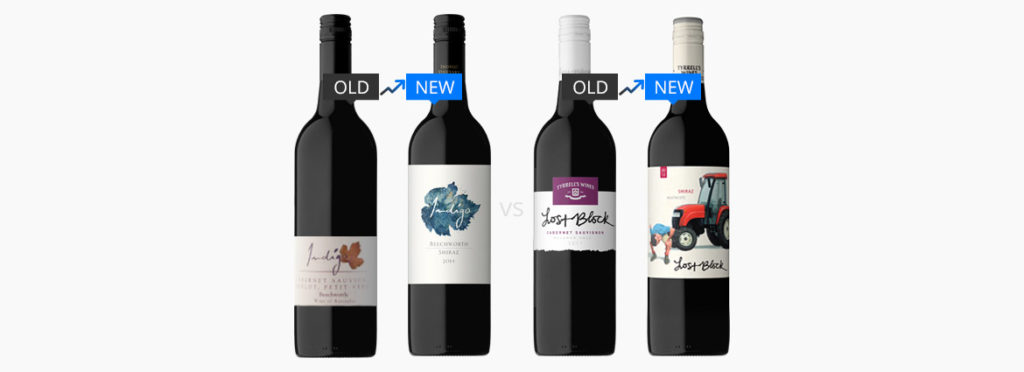
To keep your label relevant in a fast moving market, John Jewell Design believes there are two options; rejuvenate or renovate. Both are equally important, and it takes the skill of the John Jewell Design team to read the market and understand which option is the best for your brand.
To rejuvenate your label, subtle tweaks are made to the existing design. This breathes new life without making drastic changes or straying too far from the existing look. This option is utilised when the current label is still performing well, however requires a boost to ensure it stays on course and doesn’t begin to decline in appeal. The rejuvenated label is instantly recognisable as the same brand, but with updates to keep it fresh.
Renovating a label sees the development of a totally new design, only keeping identified key elements crucial to ensuring existing consumers are able to recognise the label on the shelf. When renovating a label, often a bold new approach is taken to ensure that the new design is ahead of the curve. This strategy ensures that the new design will have relevancy for years rather than just months, and also enhances the design’s ability to jump-off the shelf in an otherwise cluttered marketplace. Renovating a label is often the best course of action when a brand has plateaued and needs a fresh new image to reenergise sales, and encourage growth and reengagement from consumers.
If you think your label could use a facelift, contact the team at John Jewell Design and let their expertise determine if it’s time to rejuvenate or renovate.
